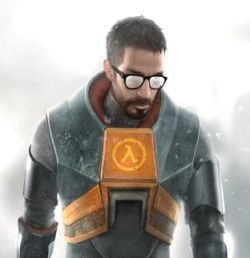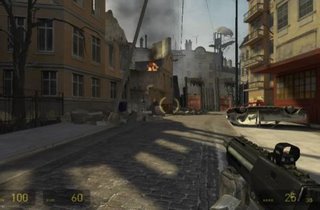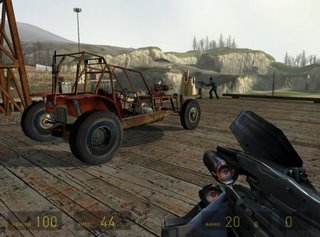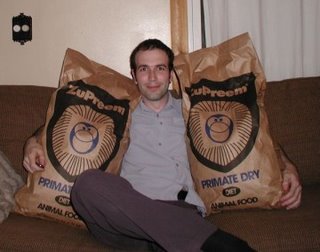Warren Spector talks freedom
A little while ago I made some not altogether positive comments about Gabe Newell's game design philosophy. Well, now Warren Spector -- whose ideas Gabe was critiquing in the first place -- has spoken out passionately in defence of freedom of choice in games.
Warren says:
I couldn't have put it better myself! You can read the full interview at Eurogamer.
Warren says:
"I don't believe it's ever a waste of time to give players real choices, rather than fake ones. If all you're doing is putting players on rails and rocketing them through your story, why not just build a roller coaster or make a movie? If the only choice a player gets to make is which weapon to use to kill a bad guy, you've completely wasted that player's time. Roller coaster rides are immense amounts of fun, but really, all they do is provide an adrenalin rush and a moment's distraction from the workaday world. Games can be more."
I couldn't have put it better myself! You can read the full interview at Eurogamer.





